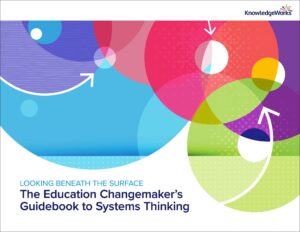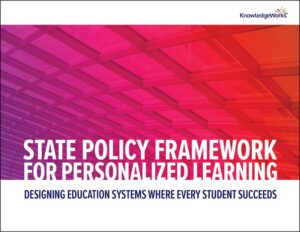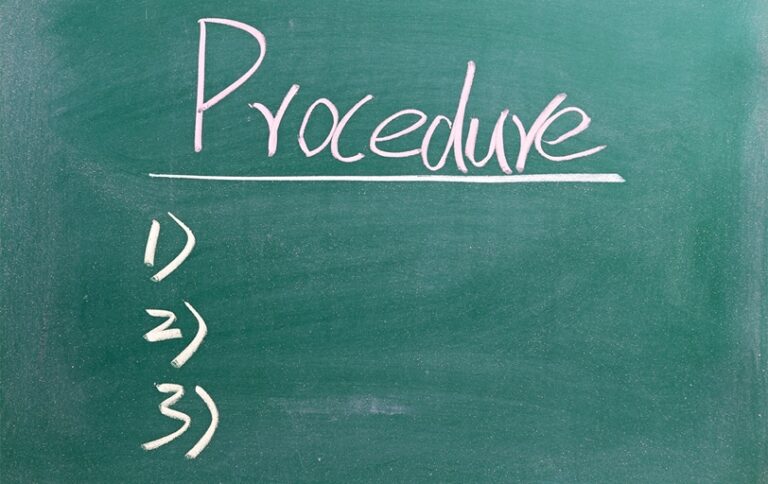Through a few years of working with policymakers and school districts to think through transformation to an education system that support personalized learning, three big ideas have stood out to shape the way I think about our education system.
First, it’s easy to underestimate the complexity of a transformation-minded approach to education. It’s tempting to think that with structures that support personalized learning, some magical alignment will occur to vastly expand learners’ access to all kinds of great opportunities. The truth is that K-12 education is just one piece that must be aligned with a number of other systems—health, early childhood, higher education, social services, etc.—that are learner-centered (KnowledgeWorks futurists have explored this idea in a number of publications). Because of this, we need to pursue opportunities to extend our impact through partnerships and alignment with similar-minded people, leading towards a personalized learning ecosystem rather perpetuating existing siloes.
Explore the ways to bring your community together to create an education system that works for everyone with some of the following tools:
- Laying the Groundwork for a Community-Wide
Vision for Personalized Learning » - IMPACT: Learning Edition »
- Mapping Your Journey into Liberatory Education Futures »
Second, while navigating our work with an eye towards partnerships and alignment, we must remember our work includes a diverse group of people who represent many different perspectives. It’s easy to agree that education should become more learner-centered, but there are many different, sometimes seemingly opposed, ways to get there. In the face of differences, working through tensions makes our ideas better, even if consensus is hard to come by. A foundational premise of our work is encouraging a culture of innovation and risk-taking. To me, that means that we need to allow space for thinking that diverges from the norm and encourage the testing of new ideas in the face of uncertainty. By discussing and testing a variety of ideas, we are more likely to create a system that adapts to individual student needs and truly serves its learners.

Equip yourself with systems thinking tools to help your learning community’s stakeholders come together to understand what is happening, how you got here and how you can move forward, together with our systems thinking guidebook. Learn more »
Finally, the transformation we want to see in our education system will not come from a traditional course of action. To transform, we may need to completely redefine the key levers for change and how we approach them. For example, one approach to enable student-centered learning is increasing flexibility in time, the thinking being that if we give more time or release restrictions on time, learning can finally be personalized. In reality, even though it is a powerful tool, time alone does not drive personalized learning. We do need to be able to maximize the tools that lead to personalized learning (time, technology, etc.), but our work needs to first transform the foundational vision and culture of a district that is wanting to implement high quality personalized learning.

To learn more about how policy changes can help advance education transformation, check out our policy framework. Read now »
Coming back to these ideas helps me to wrap my head around the complexity of systems change. Collaboration, thoughtful risk taking and questioning traditional ways of doing things are critical starting points and mindsets in this work. They allow us to stay focused and committed as we move closer to a more personalized education system.
What are the conditions that a K-12 school district should put in place to support the scaling of personalized learning?







